Fraud Cases Comparable to Victor Ninov’s in Chemistry History
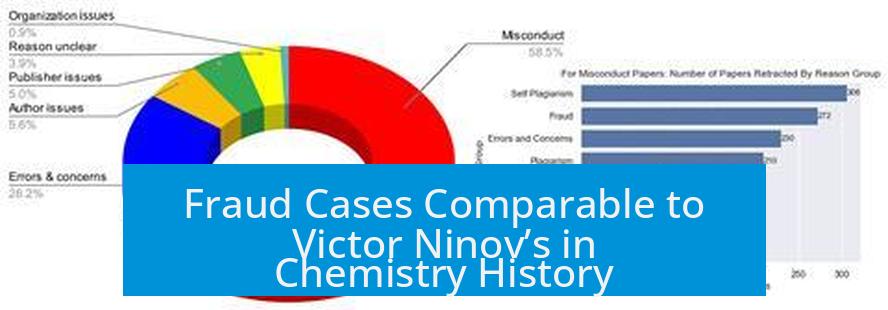
Yes, there have been fraud cases in chemistry history comparable in scale and impact to Victor Ninov’s misconduct. Ninov is known for fabricating data about the discovery of new elements. Several other major cases reveal similar or even broader scientific deception affecting chemistry and related fields.
Theranos: Massive Financial Fraud and Scientific Misconduct
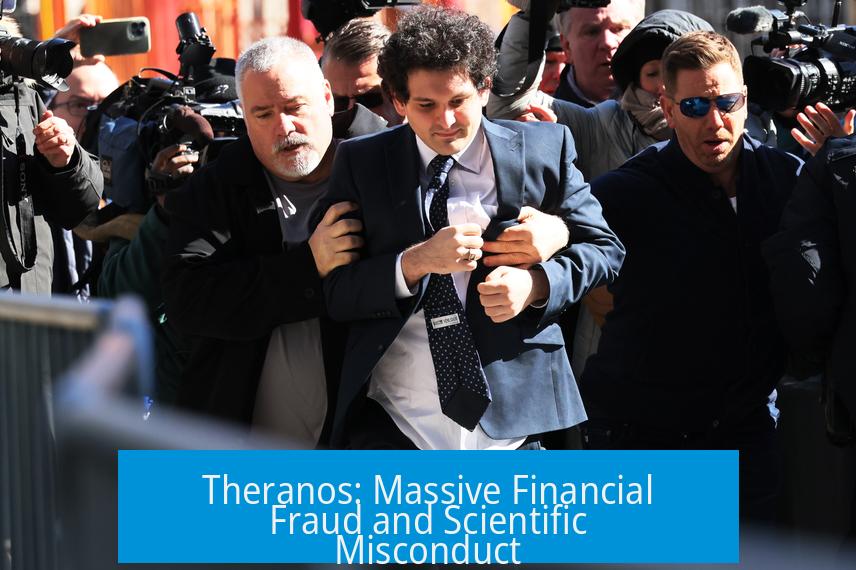
Theranos, a biotech company making claims in blood-testing technology, defrauded investors and the government of over $700 million. While not purely a chemistry fraud, it heavily involved biochemical claims and false laboratory test results. This case highlights how scientific fraud can result in vast economic and societal damage.
Chinese Crystal Structure Data Fabrication
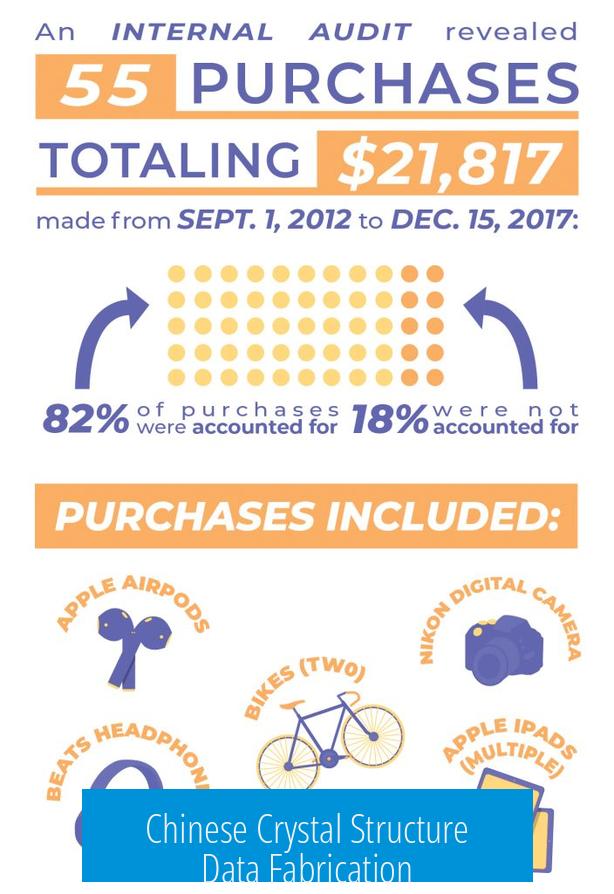
Several scientific papers from Chinese laboratories were retracted due to fabricated crystal structure data. Some researchers duplicated crystallographic models and relabeled metal atoms falsely, undermining research integrity. This pattern of misconduct has led some research groups to avoid hiring certain researchers, reflecting the impact on global chemistry hiring practices and trust.
Schön Scandal: Data Fabrication in Organic Semiconductors
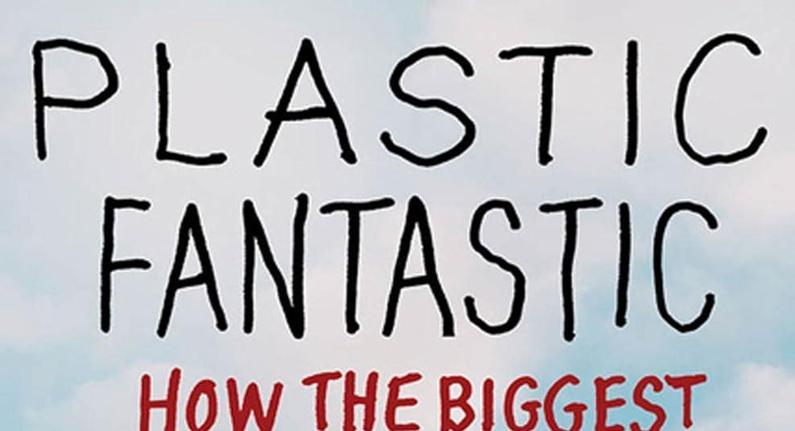
Jan Hendrik Schön’s scandal is one of the most infamous in chemistry and physics. He published numerous papers—about one every eight days—in highly reputable journals like Science and Nature. After the fraud was revealed, it severely damaged trust in organic semiconductor research.
| Fraud Case | Field | Description | Impact |
|---|---|---|---|
| Victor Ninov | Chemical Element Discovery | Fabricated element discovery data | Damage to element discovery reputation |
| Theranos | Biochemistry / Medical Technology | False blood testing technology claims, financial fraud | Lost $700M+, public health risk |
| Chinese Crystallography Papers | Structural Chemistry | Fabricated crystal structures, data duplication | Paper retractions, hiring biases |
| Jan Hendrik Schön | Organic Semiconductors | Fabricated experimental data in many high-profile papers | Loss of trust, retractions |
Earlier Cases: Bell Labs and Columbia Labs in the 1980s
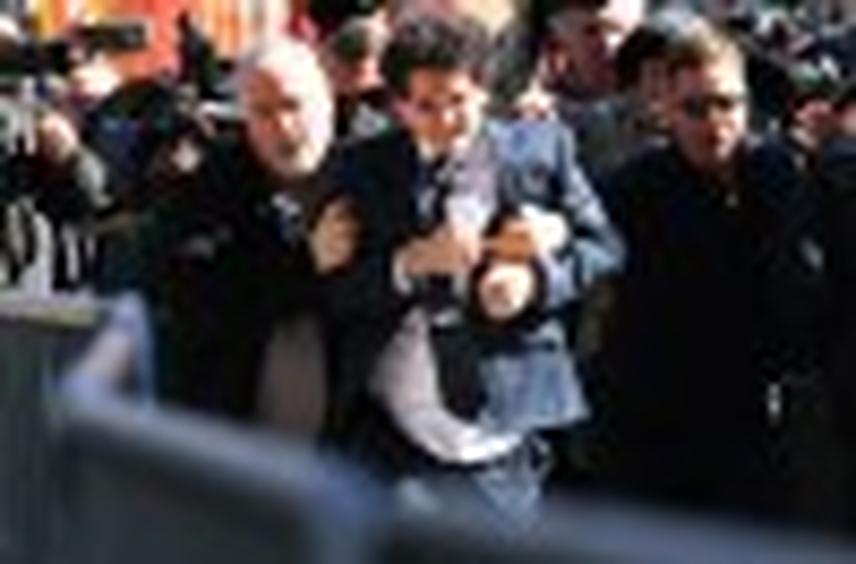
There are also reports from the 1980s of scientific fraud in prestigious labs like Bell Labs and Columbia University involving chemistry-related research. These cases, though less well-known, show that misconduct has long appeared in various forms.
Summary of Key Points
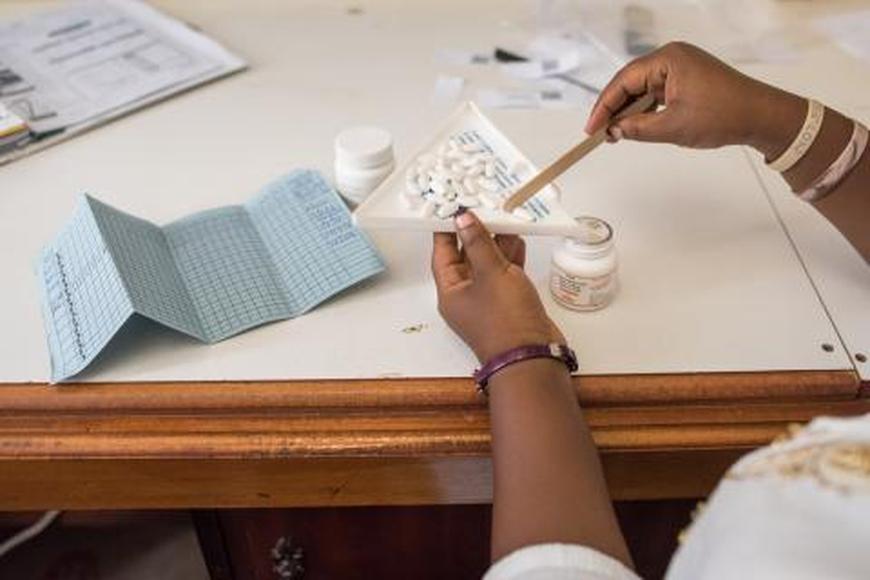
- Victor Ninov’s fraud is significant but not unique in chemistry.
- Theranos represents a large-scale scientific and financial fraud with chemical testing roots.
- Chinese crystallography paper fabrications show systemic issues affecting chemistry literature.
- The Schön scandal is an example of prolific and impactful data fabrication in chemistry-adjacent fields.
- Historical lab fraud cases illustrate that major deception has recurred over decades.
Has There Ever Been Any Case of Fraud as Big as Victor Ninov’s One in Chemistry History?
If you’re wondering whether Victor Ninov’s fraud in chemistry stands as the biggest deception in the field, the answer is a bit more nuanced. His case is infamous, but it’s definitely not alone — history is sprinkled with other scandals that shook science’s core. Let’s dive in and uncover a few of these eyebrow-raising episodes.
Fraud in science, especially chemistry, acts like a sneaky virus, creeping in and damaging trust. But before we get into details, who was Victor Ninov anyway? Ninov is primarily known for fabricating data related to the discovery of elements in the periodic table. His deception involved falsifying experimental results, leading to a temporary misidentification of new chemical elements. The fallout caused embarrassment for top institutions and researchers alike.
But is this the *biggest* fraud ever? Let’s look at some contenders that might rival or surpass Ninov’s deception — all with their unique footprints.
Theranos: Not Chemistry but Science Fraud Royalty
Here’s a curveball. Although not purely chemistry, the Theranos scandal ranks as one of the biggest science frauds in recent history. The company promised groundbreaking blood-testing technology but ended up defrauding investors and the government out of at least $700 million. The scale alone dwarfs many chemistry frauds.
Why mention Theranos? Because it illustrates how science fraud can have profound real-world consequences—not just academic embarrassment but legal and financial havoc.
It serves as a reminder: whether chemistry or biotech, trust in data underpins the entire scientific enterprise. When that trust breaks, the fallout is enormous.
Chinese Scientific Paper Fraud: A Pattern of Faking Crystal Data
Now, let’s get chemistry-specific again. In recent years, several Chinese papers were withdrawn for faking crystal structure data. This fraud involved the duplication of crystal structures but with different metal atoms relabeled.
Imagine copying the same puzzle piece but claiming it belongs to a completely different puzzle! This kind of fabrication messes with the building blocks of chemical research—literally, the crystal structures.
Beyond individual papers, this fraud has deep implications. Some research groups have reportedly become wary of hiring Chinese postdocs because of the prevalence of such dishonest practices. That’s both unfortunate and revealing about how fraud can ripple through an entire scientific community, stigmatizing honest researchers along the way.
The Schön Scandal: One Publication Every 8 Days?
Enter the Schön scandal—another chemistry-related deception with high velocity and impact. Jan Hendrik Schön was a physicist whose work in organic semiconductors was so prolific it baffled many. He reportedly published about one paper every eight days, a pace that should have raised eyebrows.
Unfortunately, it wasn’t just the pace but also fabricated results and repeated data that fueled an illusion of breakthrough discoveries. The scandal halted his career after many high-profile papers got retracted. The fallout undermined trust in published research and showed how even prestigious journals like Science and Nature can be duped.
Check this for more details: Schön scandal Wikipedia page.
Bell Labs and Columbia Lab Fraud: The 1980s Throwback
Going further back, the 1980s saw notorious cases at Bell Labs and potentially Columbia University’s lab (likely Breslow’s lab). Though less publicized, these events involved data fabrication and unethical research conduct.
While exact details remain less accessible today, these cases laid the groundwork for stricter oversight and integrity policies in scientific research institutions, particularly in chemistry.
Comparing the Frauds: What Makes Ninov’s Case Unique?
Victor Ninov’s deception sits in a niche: falsifying the discovery of new elements is rare and has massive implications. It affects the periodic table itself, a foundation of chemistry knowledge taught to every student worldwide.
Meanwhile, the other fraud cases span different scopes—some more financial (Theranos), others data fabrication in published research (Chinese papers, Schön scandal). Each has its scale, from hundreds of millions lost in funding to reputational damage affecting entire scientific societies.
So, Has There Ever Been One as Big as Victor Ninov’s?
The short answer is yes, but it’s complicated. The magnitude of the fraud depends on the lens you choose—financial loss, scientific damage, or reputational harm.
- Theranos wins biggest financial fraud in science’s broad realm.
- The Schön scandal and Chinese crystal data fraud shook the scientific record and hiring cultures in chemistry.
- Ninov’s case uniquely challenged elemental chemistry itself—something foundational and monumental.
In essence, Ninov’s fraud isn’t the only big one, but it certainly ranks among the most consequential in chemistry history.
Takeaways for Researchers, Students, and Science Lovers
If anything, these cases urge us to maintain vigilance and skepticism. Science thrives on replication, skepticism, and honesty. Question wild claims, demand data transparency, and encourage institutional checks.
Moreover, it’s important not to stigmatize entire communities because of fraudulent few. Just like the honest Chinese scientists affected by fake papers, many researchers worldwide work hard and with integrity.
So next time you learn about a chemical element or breakthrough, ask: “Can this be verified? Is this too good to be true?” That curiosity is your best defense against science fraud.
Conclusion: Fraud in Chemistry Isn’t a New Story — But It’s One Worth Watching
Science fraud cases like Victor Ninov’s shine a light on the vulnerabilities of even the most revered fields. They come in all shapes: data fabrication, financial scam, or claim inflation. Each leaves scars but also lessons.
What’s exciting is how the scientific community learns and improves its defenses with each scandal. New policies, peer reviews, and replication studies act as watchdogs, making sure the next fraud stays out of the lab and out of the textbooks.
So keep questioning, keep learning, and remember: honesty is the most reactive element in the chemistry of trust.


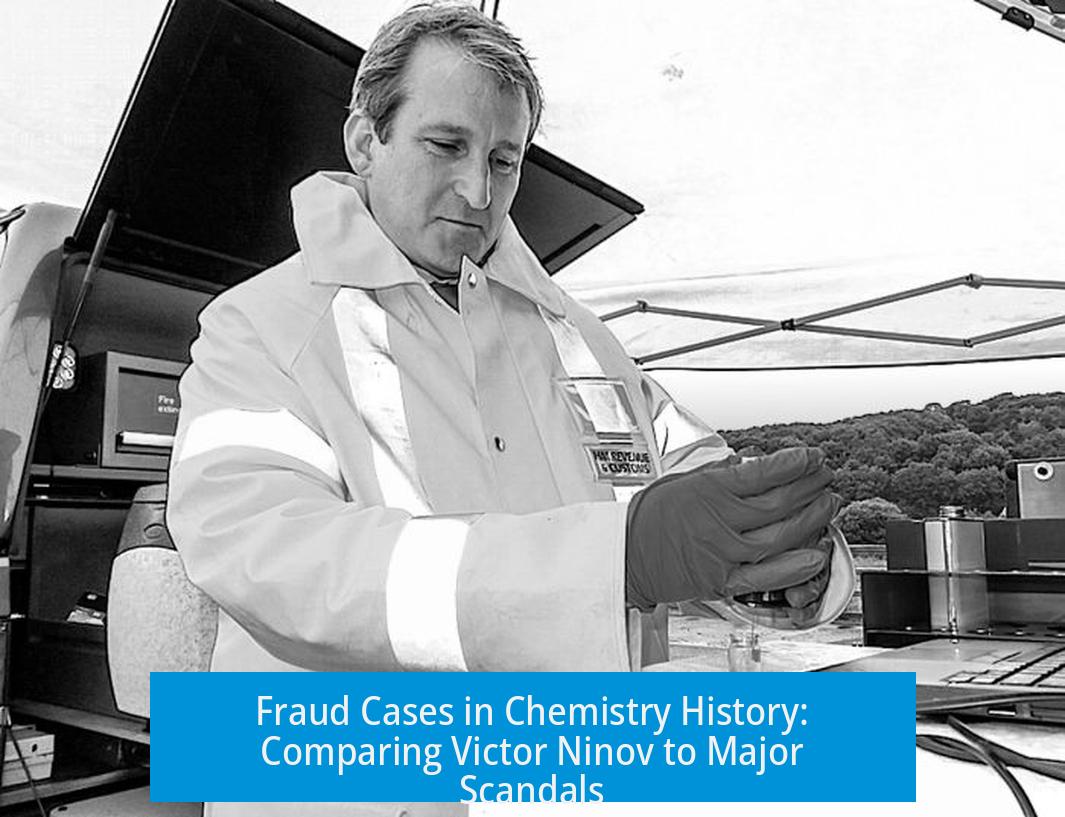
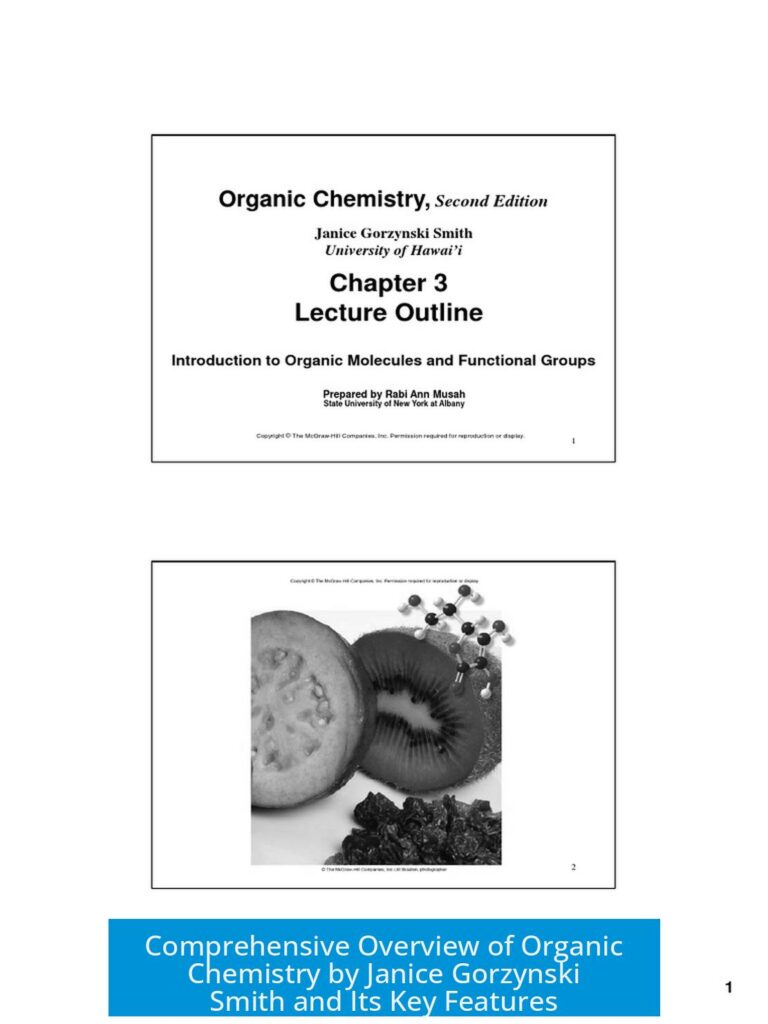
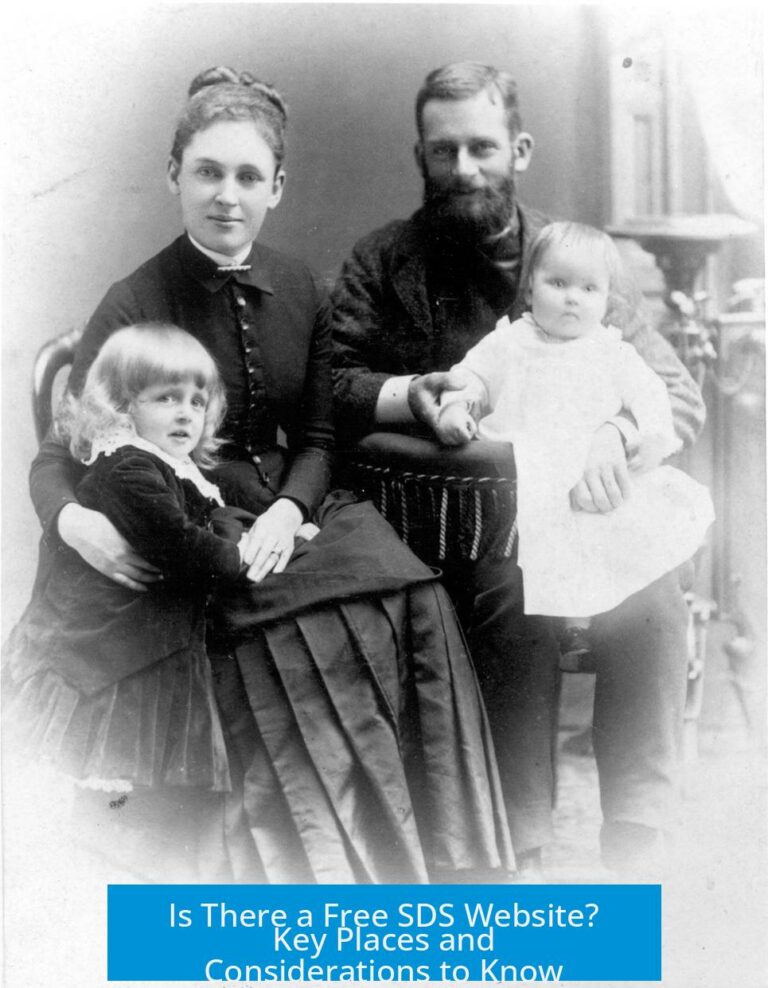
Leave a Comment